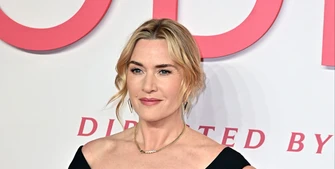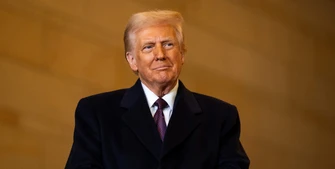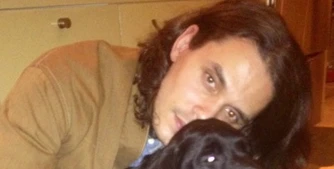Top 5 Facts About Psycho (1960)
As Halloween looms closer and in honour of the horror genre’s most famous films, here is a rundown of the top five facts about the iconic Alfred Hitchcock classic.
Top 5 Facts About Psycho (1960)
As Halloween looms closer and in honour of the horror genre’s most famous films, here is a rundown of the top five facts about the iconic Alfred Hitchcock classic.
5. Hitchcock financed the film himself
When Psycho was first proposed, Paramount Pictures balked at the script, believing the story of a disturbed motel owner and a stolen sum of cash was too “repulsive.” Determined to make it anyway, Alfred Hitchcock put up his own money — around $800,000 — and shot the movie using his crew from the TV series Alfred Hitchcock Presents. To save costs, he filmed in black and white, used cheaper sets, and kept the budget under $1 million. It paid off spectacularly: Psycho went on to gross more than $50 million worldwide, becoming one of the most profitable films of the decade.
4. The shower scene changed cinema forever
The infamous shower murder of Marion Crane, played by Janet Leigh, is one of the most analysed sequences in film history. It was created using 78 camera setups and over 50 cuts, taking seven days to film despite lasting just 45 seconds on screen. Chocolate syrup was used for blood because it looked better in black and white. Hitchcock refused to show the knife piercing skin — instead relying on editing, music, and suggestion. Bernard Herrmann’s screeching string score gave the scene its haunting edge. Leigh later said she avoided showers for years after filming, calling the sequence “traumatizing, even when I knew how it was done.”
3. Hitchcock bought up every copy of the source novel
The film is based on Robert Bloch’s 1959 novel Psycho, itself loosely inspired by real-life murderer Ed Gein. Hitchcock purchased the rights for just $9,000 and then secretly bought every copy he could find in bookstores to preserve the story’s shocking twists. His goal was to ensure that no one knew about Norman Bates’ double life before seeing the movie. This secrecy was mirrored in the film’s marketing campaign, which urged audiences not to reveal the ending — an early example of spoiler culture control.
2. Janet Leigh’s death shocked audiences and redefined storytelling
At the time, Janet Leigh was the film’s biggest star and was heavily featured in posters and trailers, making her sudden death 45 minutes into the film completely unexpected. Audiences were stunned — never before had a Hollywood film killed off its leading lady so early. Hitchcock used this to unsettle viewers, forcing them to identify with the seemingly secondary character, Norman Bates (Anthony Perkins). Critics later praised the move as a bold reinvention of narrative structure. Perkins’s performance as the soft-spoken killer blurred sympathy and horror, earning him lifelong acclaim and typecasting in equal measure.
1. Psycho’s influence and legacy are unmatched
Psycho not only revolutionized the horror genre — it essentially created the modern slasher. Its DNA can be traced in films like Halloween, Friday the 13th, and Scream. Hitchcock’s marketing tactics, insistence on audience secrecy, and refusal to allow late cinema entry were groundbreaking. The film was nominated for four Oscars and spawned three sequels, a 1998 remake, and the acclaimed TV prequel Bates Motel. In 1992, the Library of Congress added Psycho to the National Film Registry, cementing its legacy as one of the most influential and imitated films of all time.









